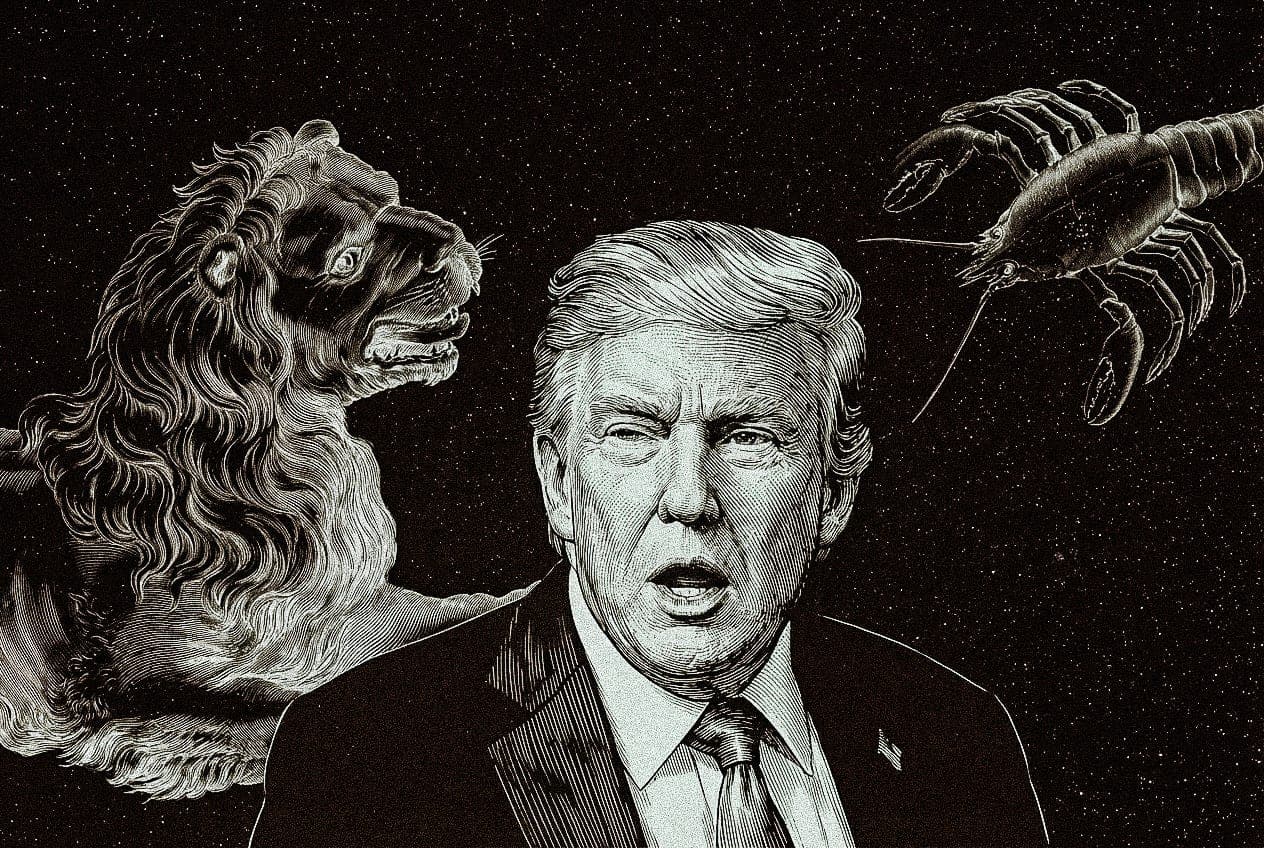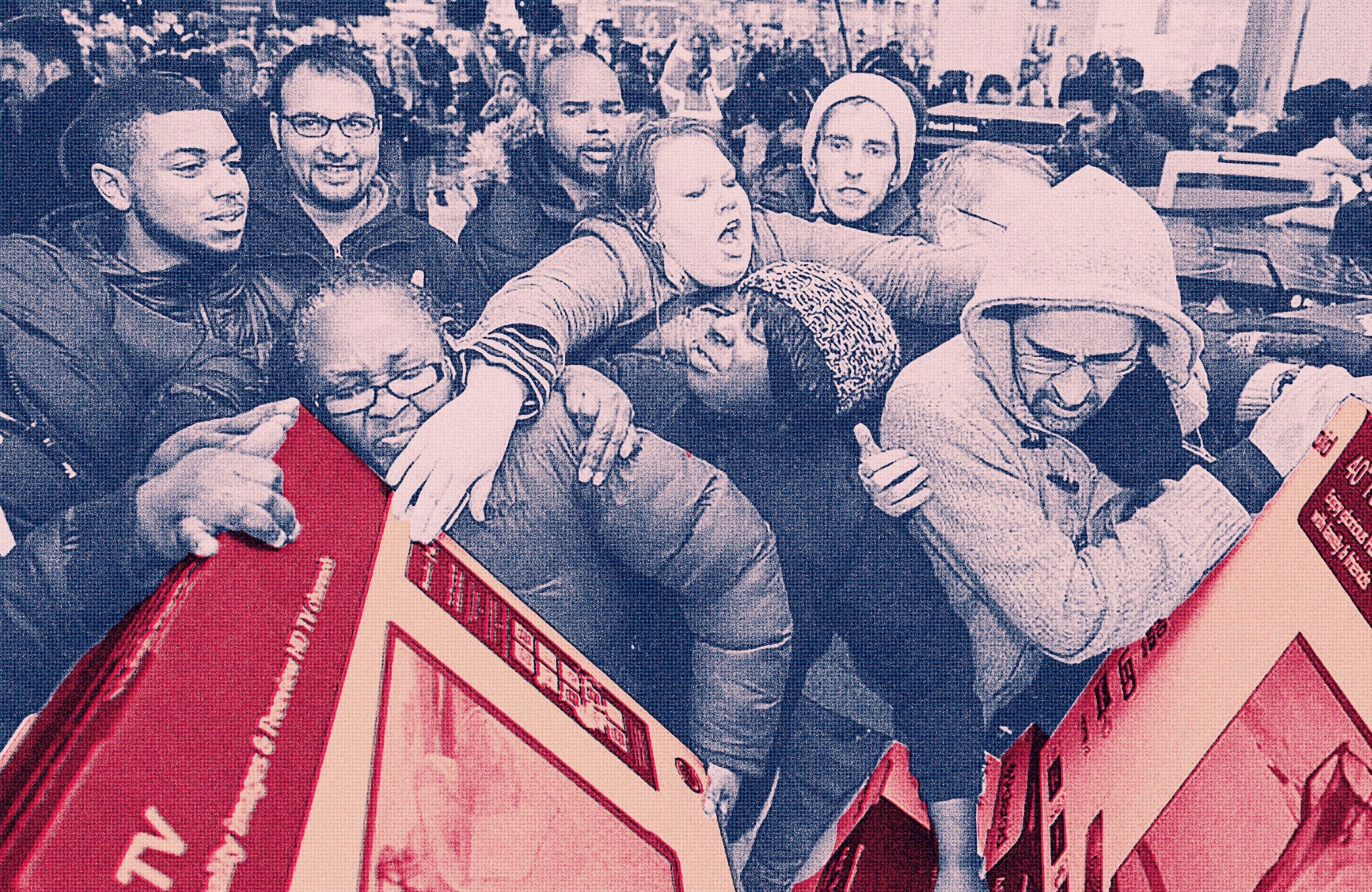
America's Right-Wing Astrology BoomJan 9
months after charlie kirk's assassination, the christian right is turning to the occult for answers while fitness influencers and biohackers use astrology as a lifestyle guide
Nov 24, 2023

For most of my life, Black Friday has been a bloodbath of libidinal consumerism. Every year, we turned housewives into gladiators, arguing and beating each other over discounted bath towels at JC Penny. Black Friday meant pulling a gun in a Toys “R” US, being trampled to death by a crowd of 2,000 at Walmart, or having an old-West-style shootout over a parking spot in Tallahassee. In 2008, someone even created the website “Black Friday Death Count.” Black Friday always meant many things: a rush of adrenaline, excitement, fear, anxiety, and rage.
But this morning I felt bored. It was 5:45 AM, 15 minutes before opening time, at my local Walmart. A dozen or so people waited by the doors. They looked bored. The scene at Target around 6 am was similar. When I went to Kohl’s, which was already open, it was no more or less busy than it was last Thursday, when I randomly wandered in to pick up a Brita filter. I saw no fights, no arguments, no running.
I wondered, is Black Friday dead?